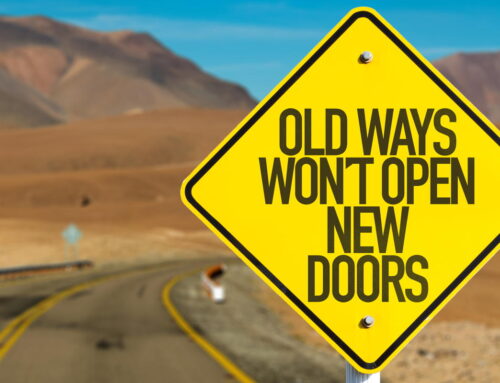Nearly 100 million people watched the Super Bowl this year. Or more accurately, nearly 100 million people watched the “big game” to see the ads. The ads are why I watch the game. It’s all fine and good that the KC Chiefs won their game and the title. Yay. When brands are willing to spend more than $5.5 million for a 30-second ad, it should be obvious they’re bringing their A-game to the table. When we look at the consensus of the “best” ads, we’re seeing mini stories which connect and resonate with the audience.
Stories Matter
A couple months ago, I wrote an article for Wellzesta’s blog about the power of data and storytelling. In it, I pointed to the state of South Dakota’s public service campaign to address their meth crisis. The story being told through images, a website, and the campaign is that meth affects everyone in the state, not just the user. The tagline for the campaign, “Meth. We’re on it!” probably sounded edgy in the pitch session, and those involved may have pointed to the data that 1 in 265 residents was arrested because of meth. But the campaign was a public embarrassment. The disconnect between images, data, and campaign failed to tell a meaningful story:
Yes, the campaign has an edgy tagline that got people talking, laughing, tweeting, and producing snarky stories in national publications. It was a conversation starter, but the lack of effective storytelling combined with the right data means it was also a conversation ender.
Telling a story effectively is hard to do. We applaud Governor Noem and the state of South Dakota for trying to do something. But, for the record, it’s more effective as an excellent example of what not to do.
Leverage the Data
Voice assistant devices, including Google Home, Amazon Echo, Apple Siri, and others, have made their way into the corridors and rooms of the lives of those living with memory issues such as mild dementia. These devices can link to a calendar to send reminders, answer questions (what time is it, is it raining), play music and read audiobooks. These devices help alleviate social isolation and boredom through simple interactions, (Alexa has an endless supply of corny jokes), and through video calls with loved ones.
Caregivers, families, and seniors applaud the integration of these devices. They’re easy to use, the device never gets frustrated answering the same question 12 times a day, and the device is available 24/7. So how do you tell this story to the world? If you’re Google, you do a 30-second Super Bowl ad named “Loretta.”
Using the voice assistant, a man reminisces about his wife, asking to be shown photos of her, the name of “that town off the coast of Alaska,” and adding items about her for Google to remember. In 30 seconds, we see a lifetime of love. Maybe he’s been diagnosed with some form of dementia. Maybe he’s just afraid of forgetting. It doesn’t matter. Their story doesn’t need those details. In just a few seconds, we get it. Big bad Google just made us cry over an ad. There were no aliens, no special effects, and no movie stars in it. It was simple and straightforward. It was believable. It was the story we all want to live.
Story + Data = Success
No matter what your marketing campaign is focused on achieving, you need to tell the right story backed by sound data in order to succeed. If you’d like to know more, I hope you’ll read my original article on the Wellzesta website. If you’d like to see how Sabal Group can help you create a powerful story backed by robust data to reach the right audience, give me a call.





